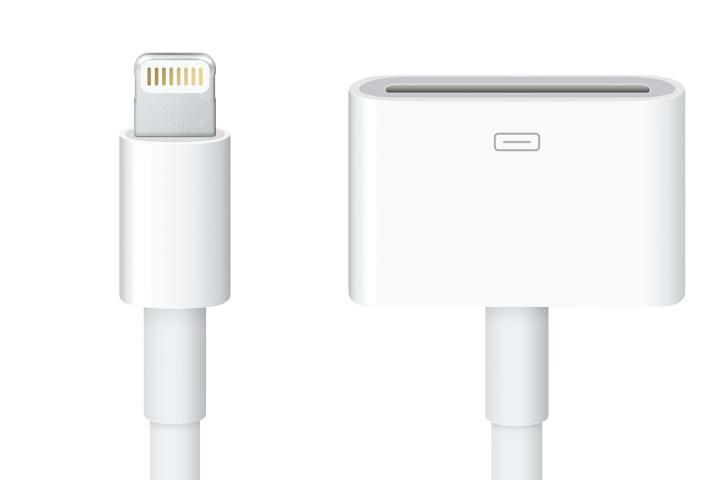Lately, people have been a bit upset over some of the new iPhone 5 features that really feel more like downgrades. For example, the new charging port. Sure it's smaller and reversible, but it has a lot of compatibility issues with all of the existing Apple accessories, plus it still isn't compatible with the standard MicroUSB ports that the rest of the industry supports.
Apple's even suspected of intentionally making older iOS products slower and reducing battery life with their latest iOS 6 update in order to sell more of their new products. There are many reports of the iPod Touch 4th generation experiencing constant crashing (especially in the App Store) after the iOS 6 update.
Dropping support for things you've gotten used to and may even depend on is something Apple does all the time. It's called creative destruction, and if you're going to be part of the Apple ecosystem, you're going to have to get used to it.
I started consistently using Apple Macintosh computers back in the late 1990's. In those days we had Macintosh System OS 7, 8, and 9. It was pretty nice, and the Mac faithful loved the incremental upgrades that kept many things that they had always been used to, however the Mac OS of the time lacked things like protective memory, symmetric multi-threading, and other high-end features that Windows NT 4 had been very popular for. Then in 2000, I started working with Mac OS X. It was horrendously buggy and unusable, but it brought a more modern UNIX-based core. They kept OS 9 installed along with OS X for a while in order to be able to run your old programs while developers worked on new programs to sell you that supported the new architecture, but eventually OS9 was dropped in 2002 and you had to make sure to buy all new programs to work with any new Macs. Then in 2005, Apple switched to Intel processors, thus making all PowerPC-based Macs obsolete and forcing developers to rebuild their programs to work well with the new architecture (again). Sure, the older architecture was supported for a while with OS updates, but that ended eventually as well. Even older Intel-based Macintosh computers are no longer supported by Mac OS X updates these days. I actually bought a used Intel Mac Pro thinking it would be supported by the latest Mac OS X update to Mountain Lion since it uses Intel processors, but that turned out to be false.
Apple's creative destruction in software tends to be less abrupt than their hardware destruction. Apple's first iMac surprisingly removed the ability to use 3.5' floppy disks that were very prevalent at the time. Instead it was the first PC to have USB ports built in, and only an optical CD drive for removable media. Through the years, Apple has often removed standard ports from their products and replaced them with non-standard ports. The latest Apple Studio displays are another example of this. Those require the use of Apple's proprietary ADC port (the acronym stands for Apple Display Connector.) Forget about seeing the normal display ports that everyone else uses on Apple products.
So, now that Apple has many many more customers than it did in the 90's, I'm sure many of you are surprised that Apple would dump their older technologies for something new and not-necessarily better. The truth is, Apple consistently surprises their customers and developers with changes for the sake of change, and you just have to get used to it. What's next in the path of Apple's creative destruction do you think? I'm guessing Mac OS X. That hasn't seen a major version upgrade in 12 years.
Inspired by: ZDnet

